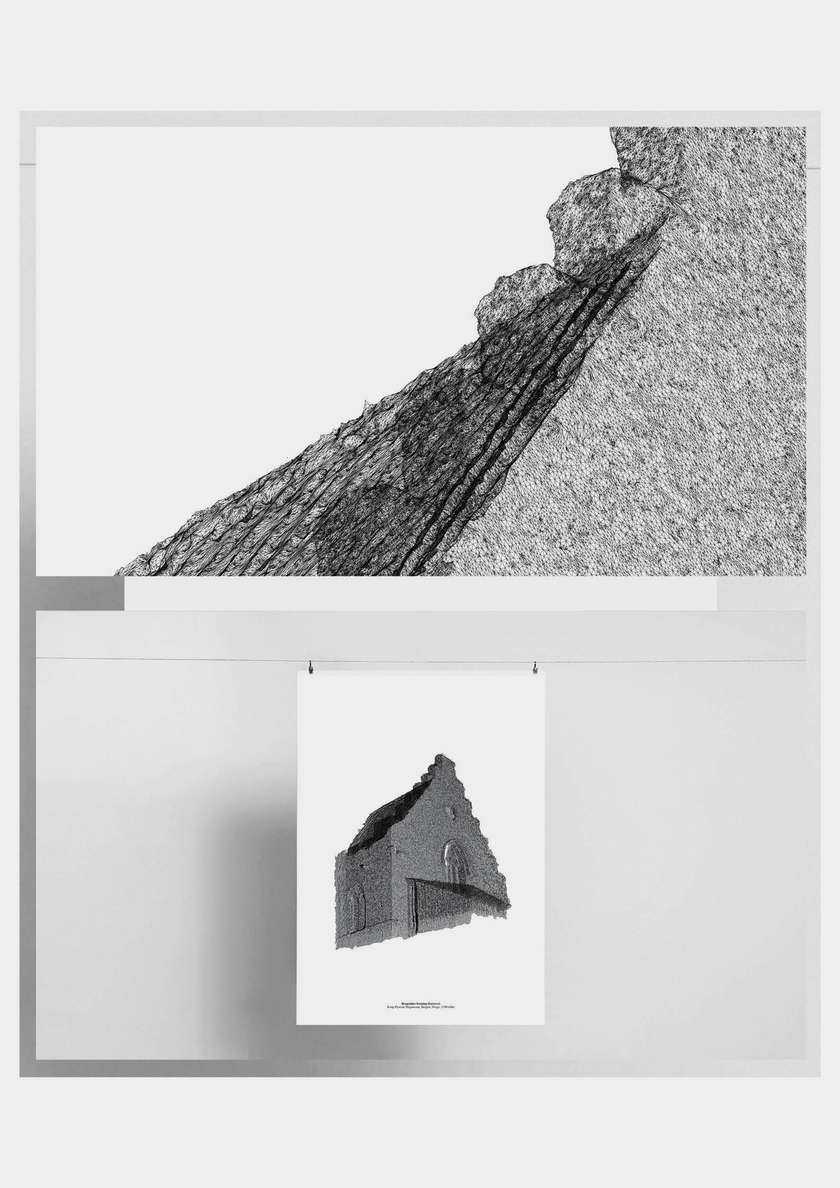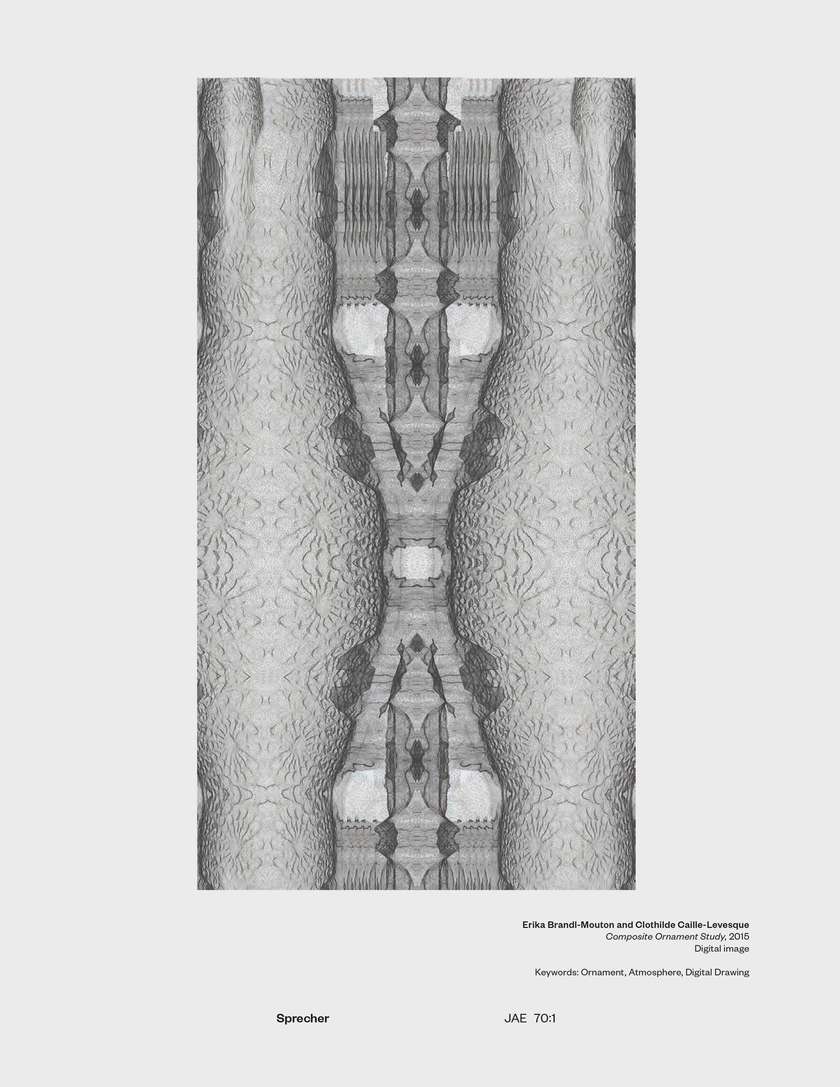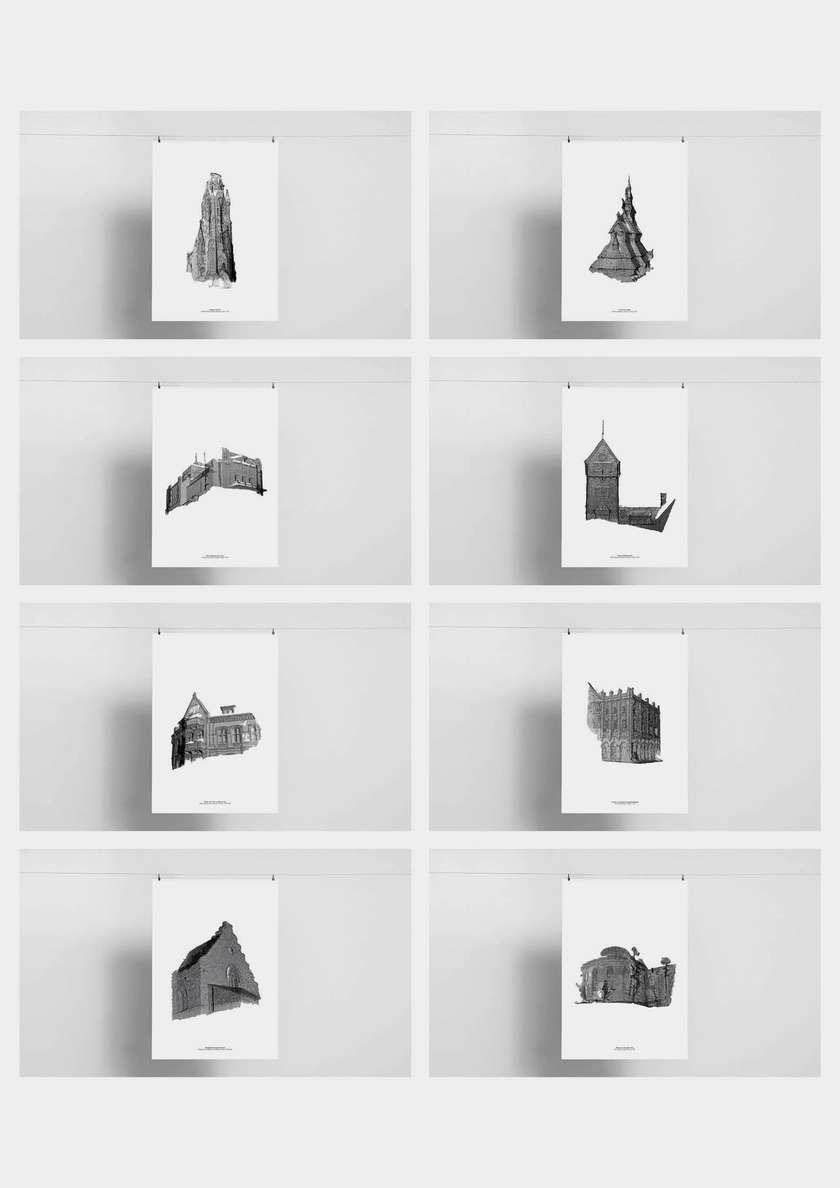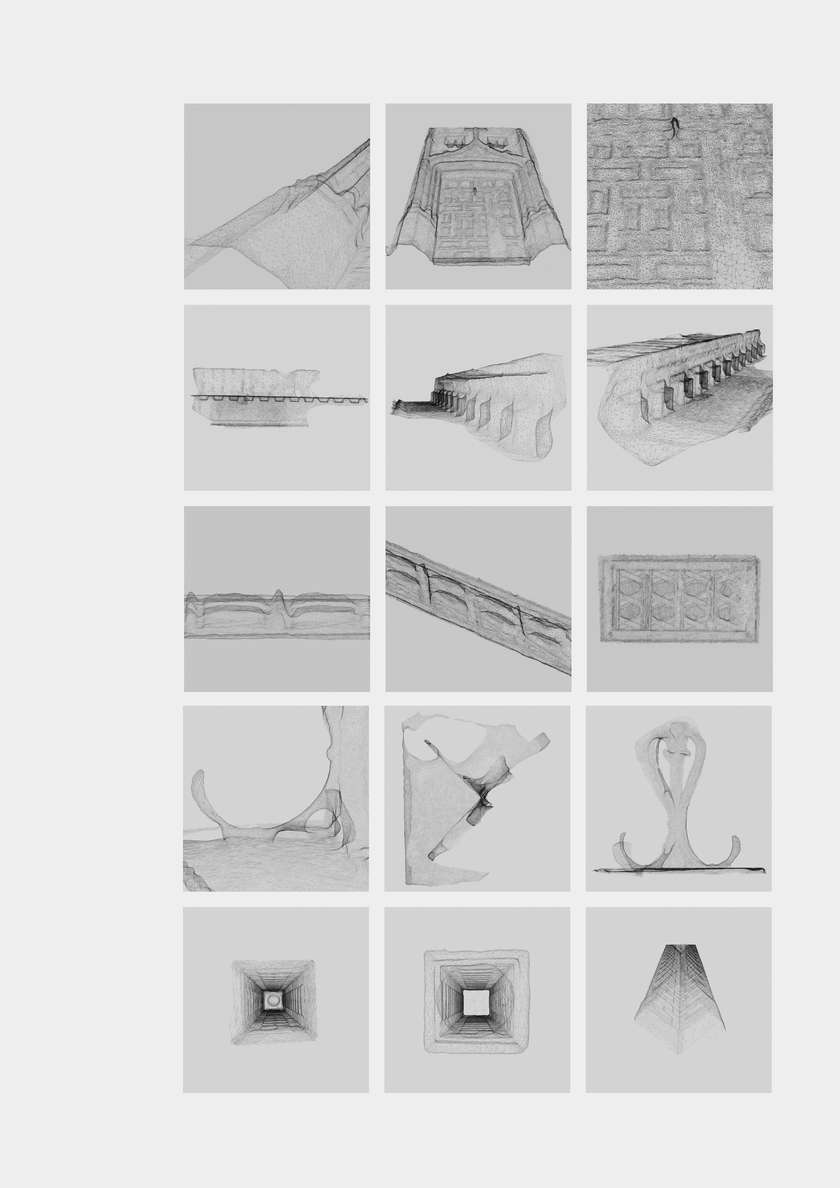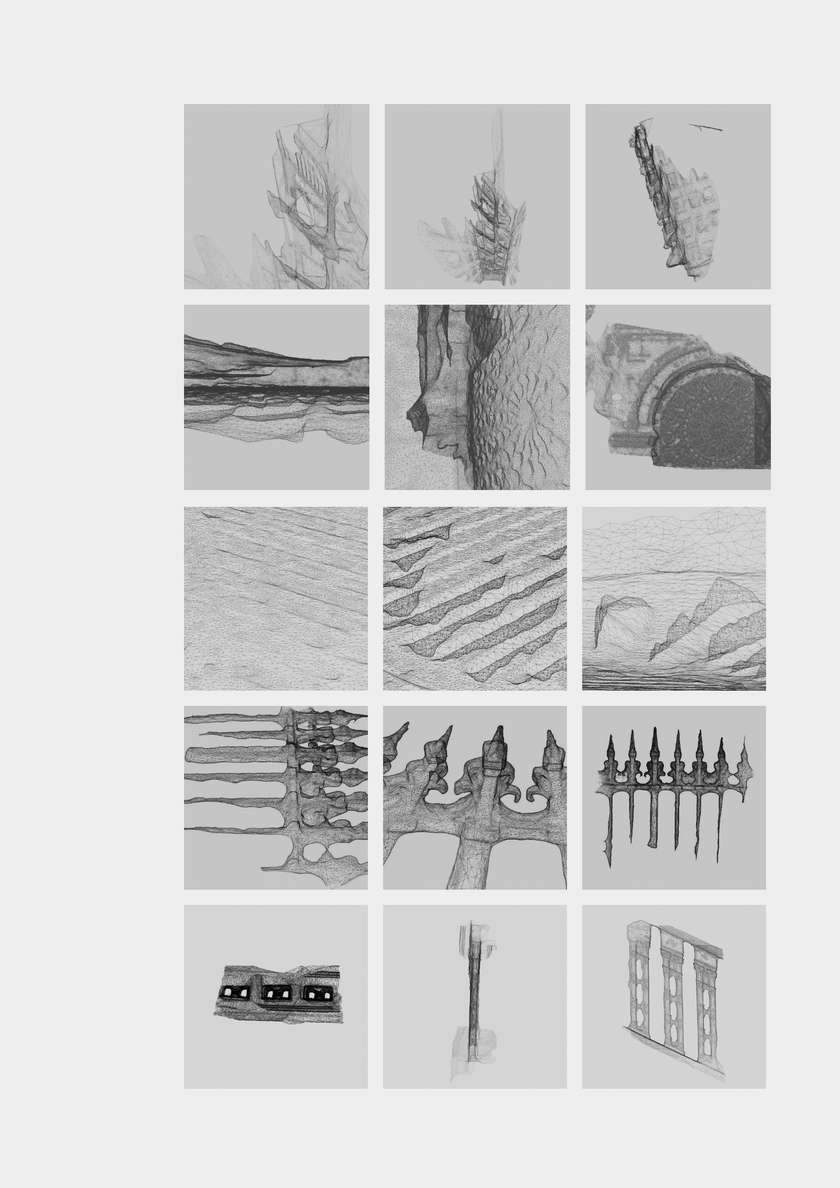Idea by
Erika Brandl Mouton
Call for ideas 2020
Scanning now! A plea for the digital eye
Scanning now! A plea for the digital eye

- New alliances
The project seeks to normalize the use of the 3D-scanning as a tool of architecture within different design practices – amateur, professional and academic. Workshops or courses emerge as sharing formats. 3D-scanning is an undervalued, user-friendly technique that utilizes photography to analyse a physical building or an environment, collecting data on its volumes and contours. This data is constructed into triangulated meshes to be edited through open-source software, creating intricate, curated final scans. The morphologic 3D images reveal formal qualities of spaces and surfaces which can then be studied at many scales, revealing (unnoticed) organisations of sites and matter. This constitutes a radical act insofar as it forces one’s attention towards accidental formal moments and overlooked details: that which is not considered worthy of study – the banal, tiny, invisible – can become the subject of the composition. It offers a built-in deconstruction of prejudice of sorts.
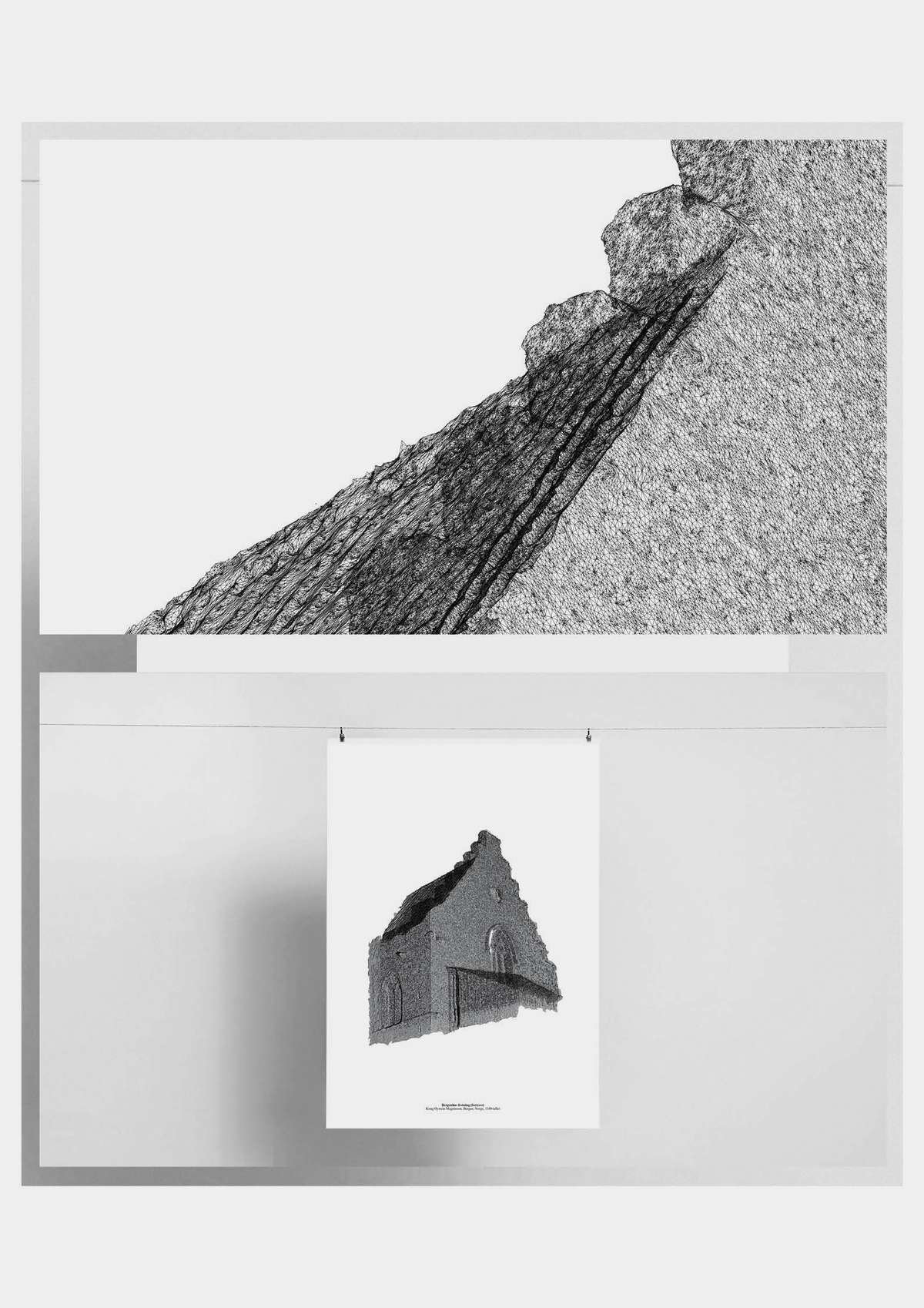
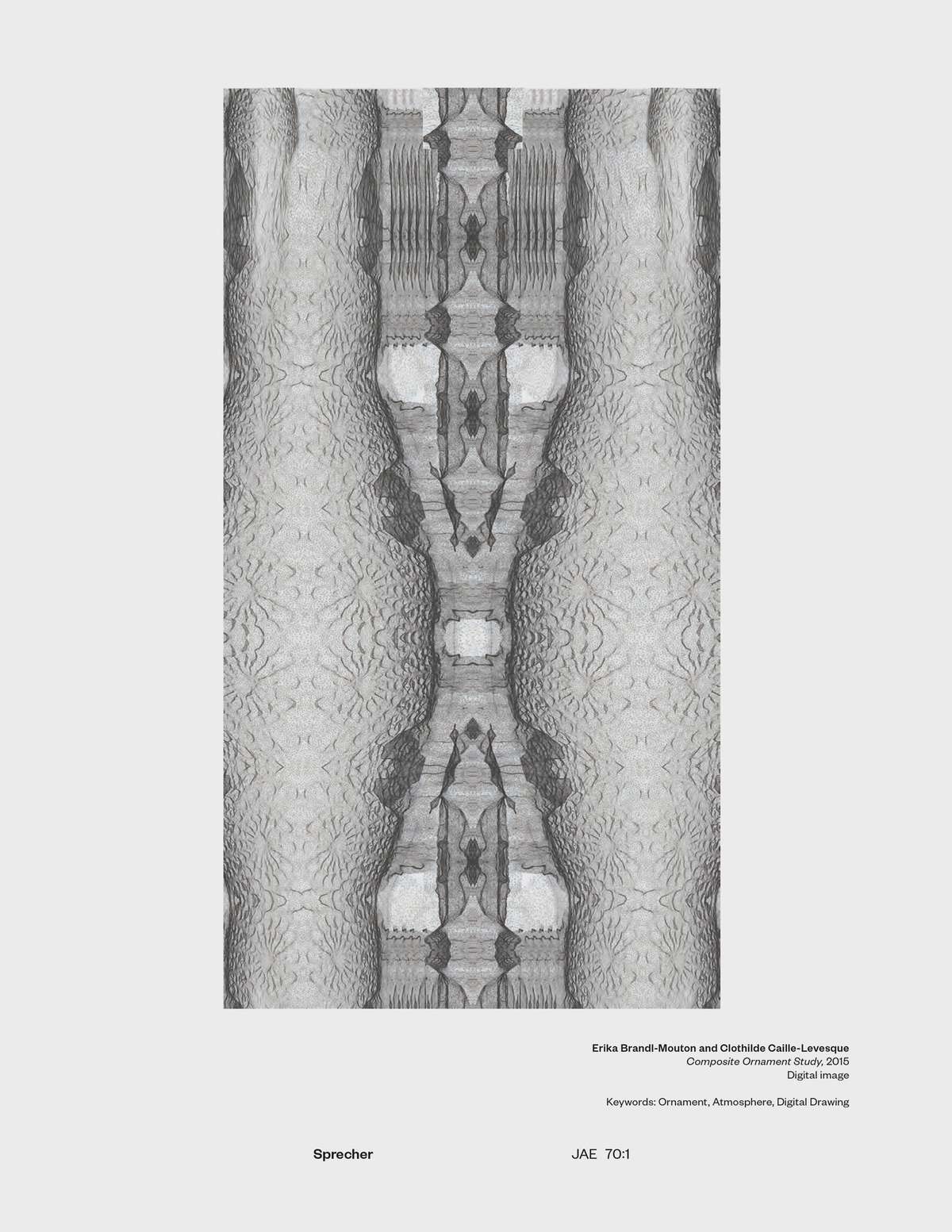
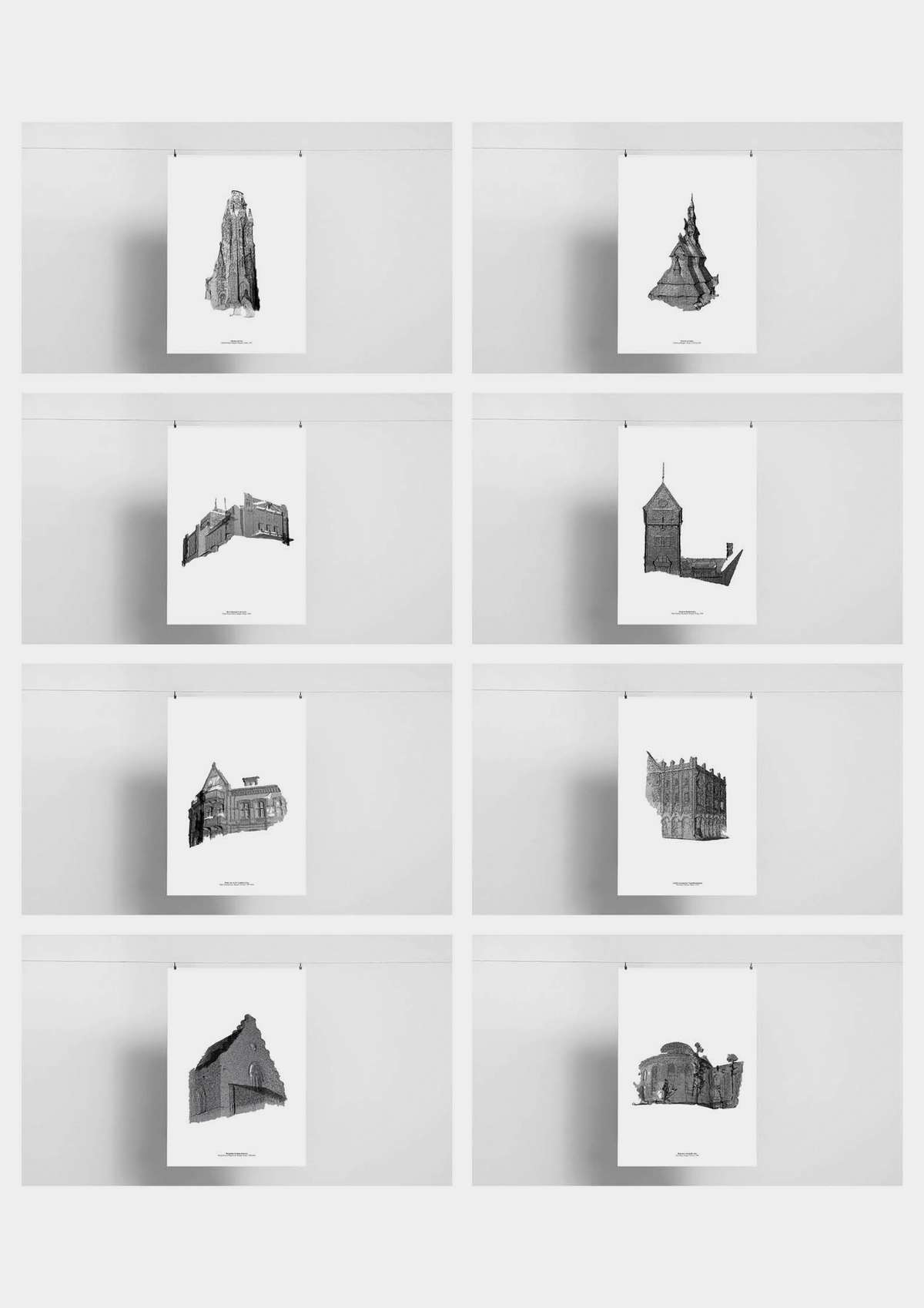
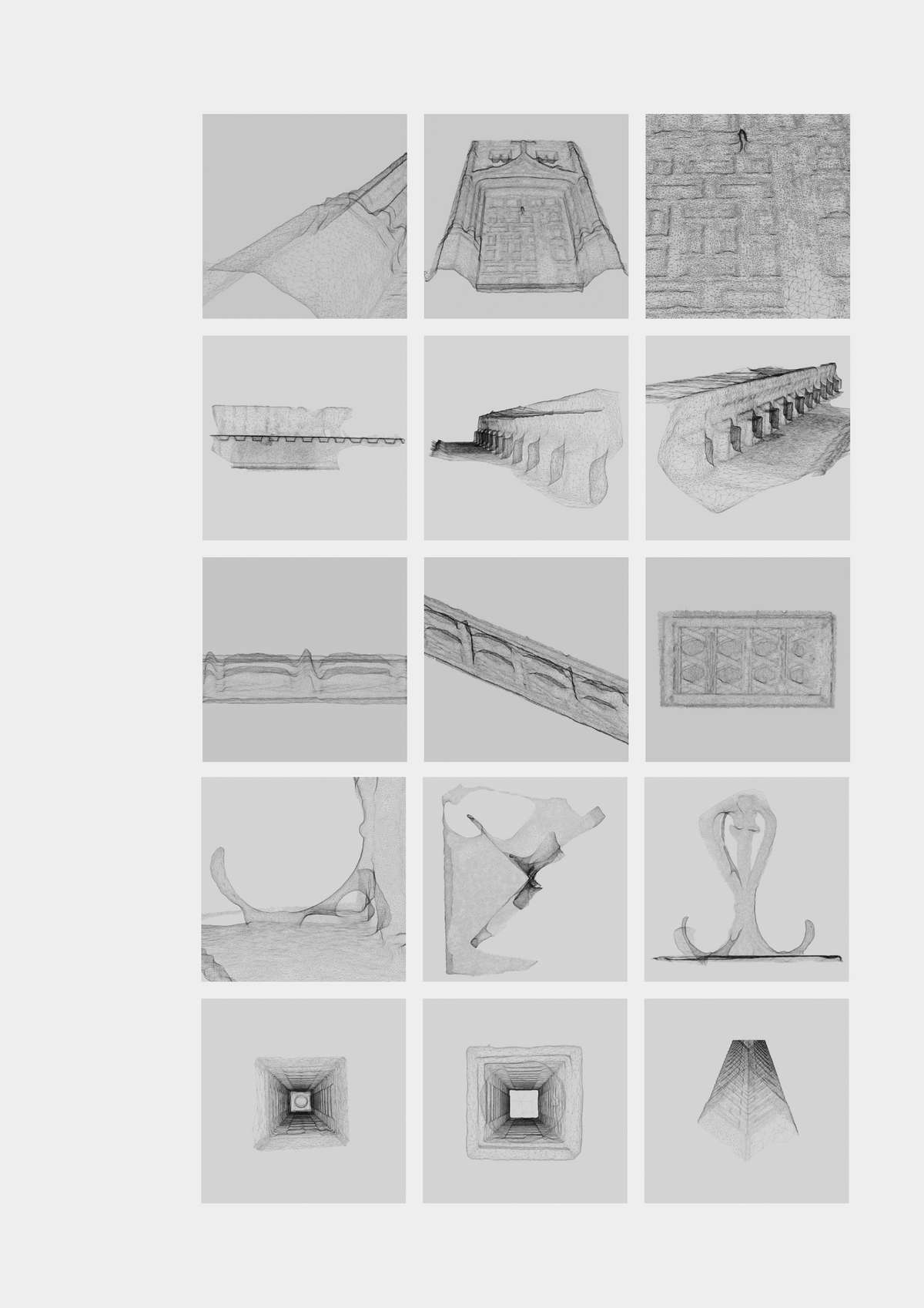
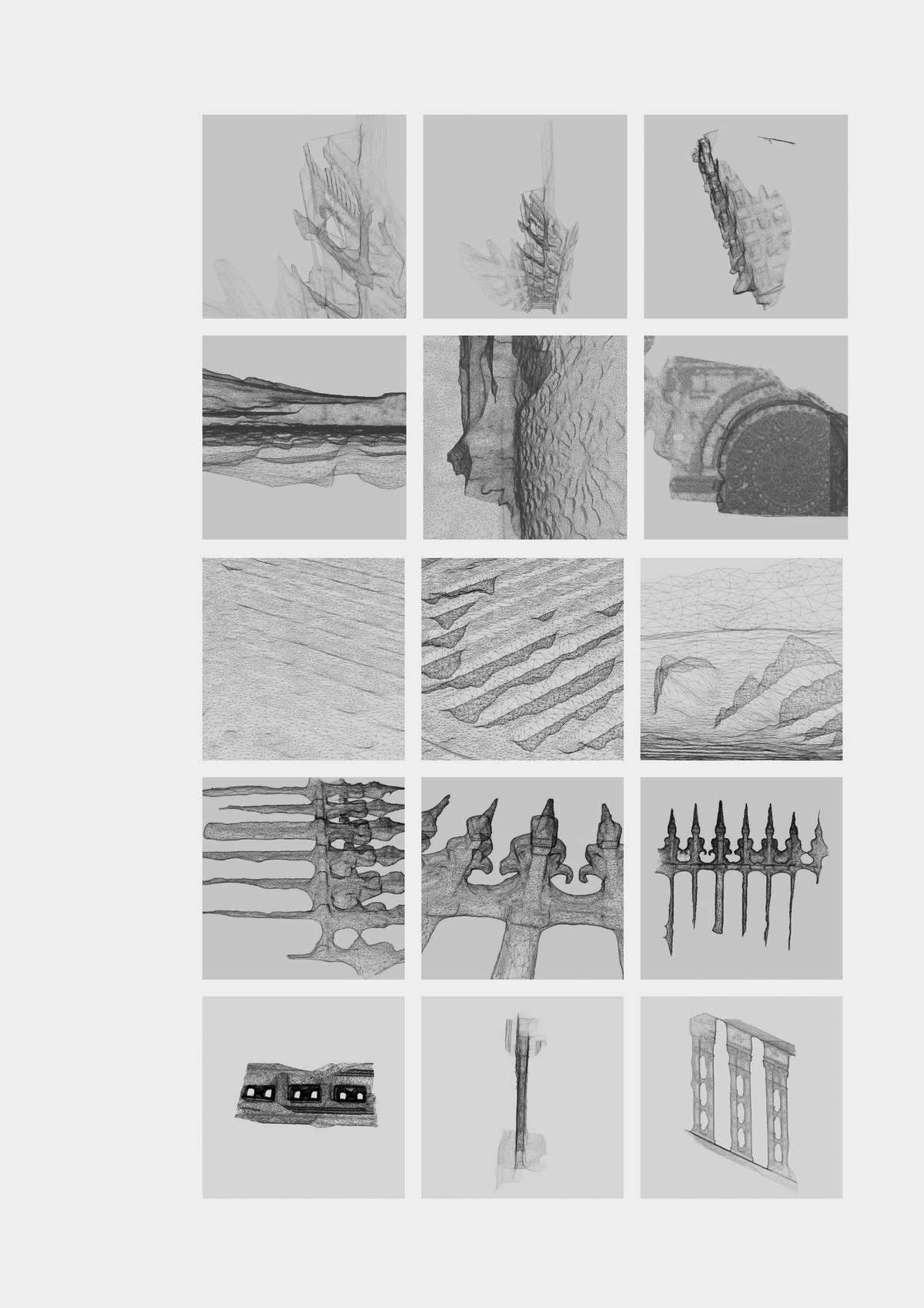
Scanning now! A plea for the digital eye
Scanning now! A plea for the digital eye

- New alliances
The project seeks to normalize the use of the 3D-scanning as a tool of architecture within different design practices – amateur, professional and academic. Workshops or courses emerge as sharing formats. 3D-scanning is an undervalued, user-friendly technique that utilizes photography to analyse a physical building or an environment, collecting data on its volumes and contours. This data is constructed into triangulated meshes to be edited through open-source software, creating intricate, curated final scans. The morphologic 3D images reveal formal qualities of spaces and surfaces which can then be studied at many scales, revealing (unnoticed) organisations of sites and matter. This constitutes a radical act insofar as it forces one’s attention towards accidental formal moments and overlooked details: that which is not considered worthy of study – the banal, tiny, invisible – can become the subject of the composition. It offers a built-in deconstruction of prejudice of sorts.
